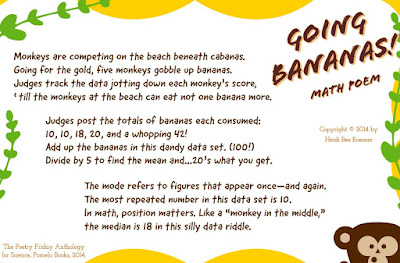Recently on NPR I heard an engaging interview with poet Kevin Young about his new collection Stones -- about memory and loss, and connection to the past -- and my interest led me to search online for more of his work. At the Poetry Foundation website I found twenty of Young's poems, including this one which considers -- as mathematics also does -- pairs of opposites.
Negative by Kevin Young
Wake to find everything black
what was white, all the vice
versa—white maids on TV, black
sitcoms that star white dwarfs
cute as pearl buttons. Black Presidents,
Black Houses. White horse
candidates. All bleach burns
clothes black. Drive roads
white as you are, white songs
















